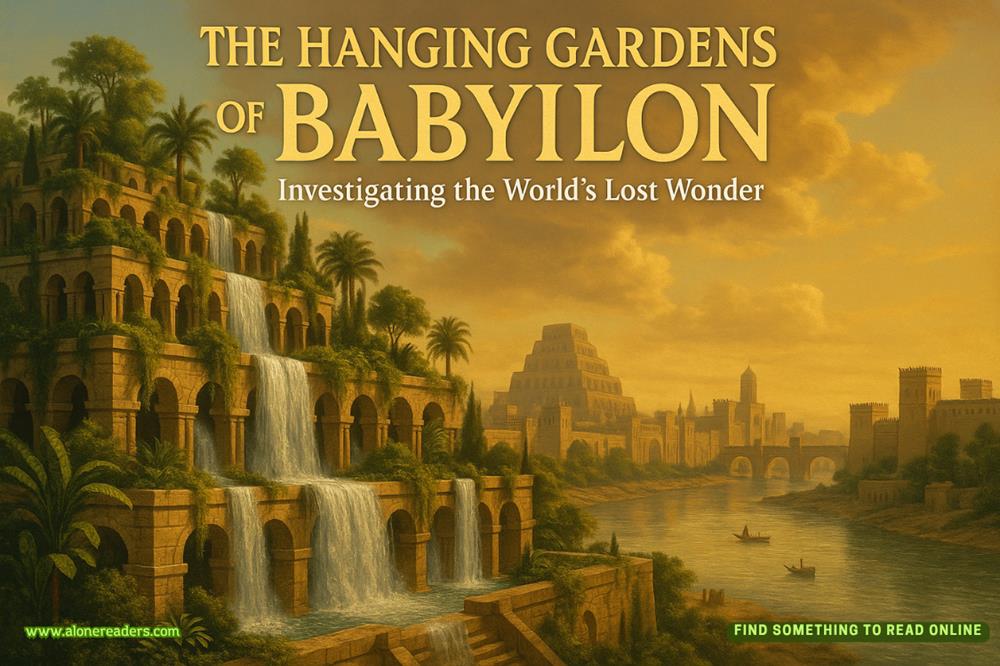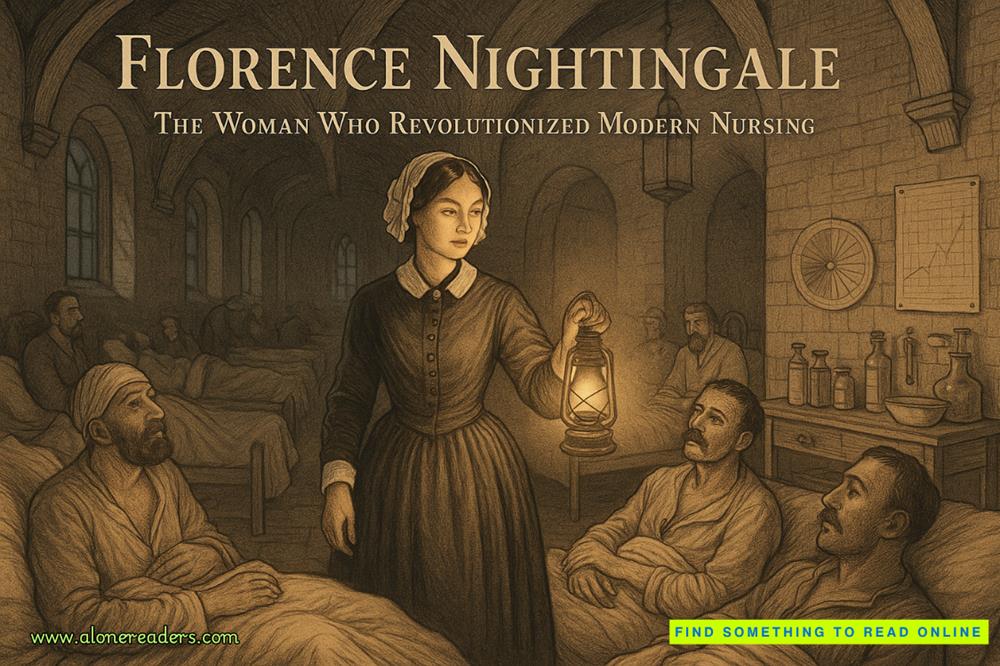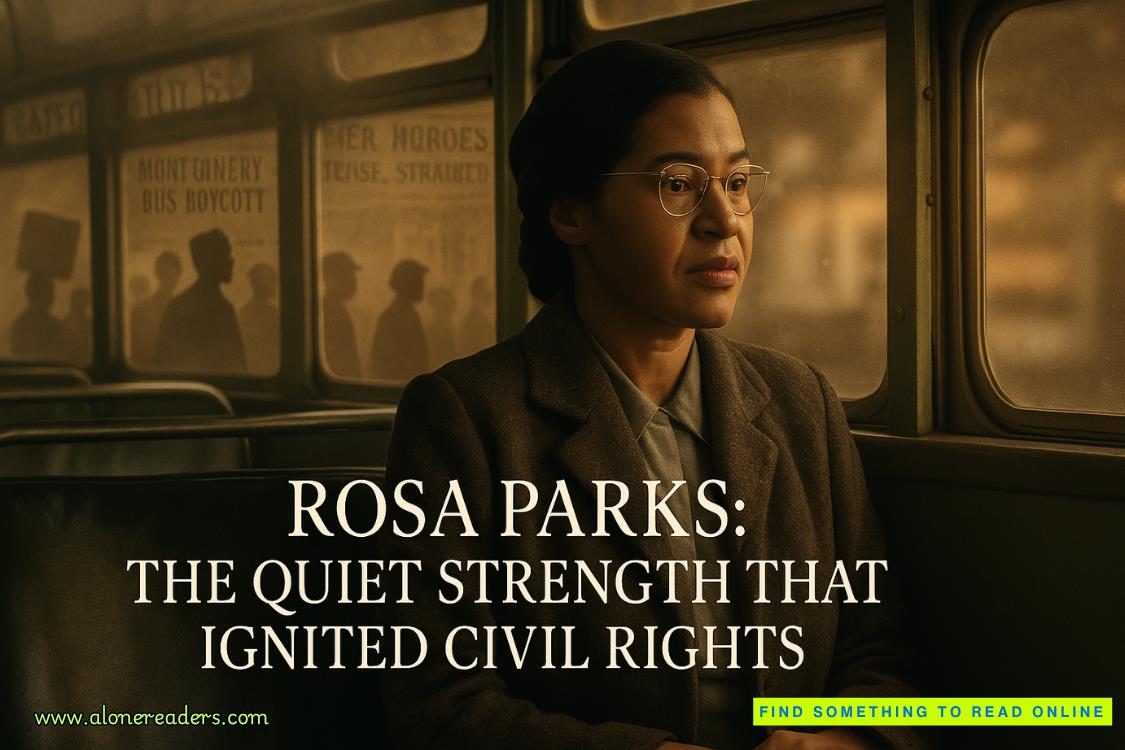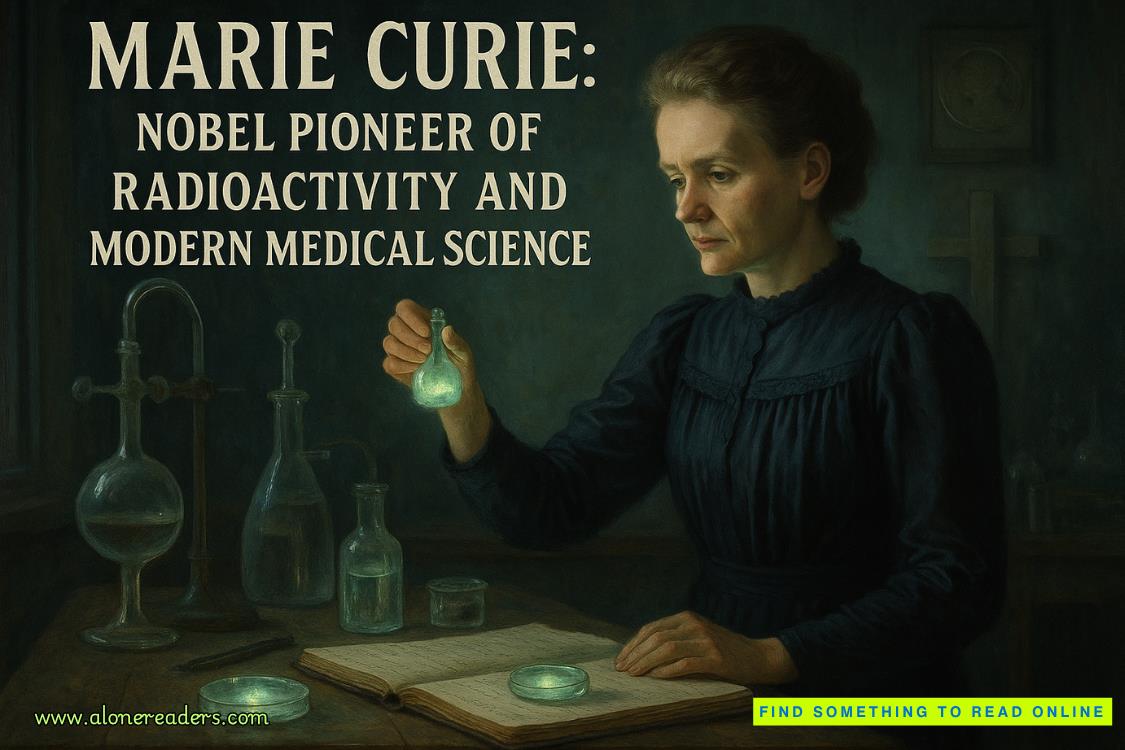Page 93 of What You Wish For
Right then, we started brainstorming on one of Babette’s yellow pads. We titled the list The Duncan Project, and Alice made tea while we shouted out ideas and I wrote them all down. Our motto was “No idea too dumb,” which we decided we wanted on T-shirts, and we listed every single crazy thing we could think of that might help Duncan remember who he’d been before, reconnect to joy, and “deal with it,” whatever that meant.
We put down everything, from “throw oranges at him to see if he’ll accidentally start juggling them,” to “do a fake teacher raffle where he wins free sessions with a therapist,” to “bring in guest speakers about PTSD.”
“Is he in therapy?” Babette asked.
“I don’t think so.”
“He needs to be.”
“Good luck with that.”
In the end we wound up sorting the ideas into several categories:
Help him remember his old self
Help him make connections with humans
Remind him what it was like to be happy
Expose him to risks
Soften his tough-guy outer shell
Nurture him physically
Help him build a mental framework for thinking about resilience
Therapy
Under each category, we listed everything we could think of to help accomplish that thing. Under “Help him remember his old self” we listed things like: trick him into wearing a Hawaiian shirt; get him to dress up in costume; make him teach a yo-yo class; and dare him to walk on his hands. Under “Help him make connections with humans” we listed: game night at Babette’s; go fishing with the guys; kissing booth; and massage.And as far as helping him build a framework for resilience, we listed: keep a journal; see the documentary about the 1900 storm; talk about Buddhism; study post-traumatic growth; and get him talking.
A lot of spitballing going on.
We really didn’t know what we were doing.
But we made up for that with ideas. Pages’ and pages’ worth.
Babette asked me about how I’d coped when my epilepsy came back. “Were you depressed?” she asked.
“Very,” I said. “It felt like a prison sentence. Like I’d spend the rest of my life alone, never knowing when disaster would strike.”
“Kind of like Duncan.”
I thought about it. “Good point.”
“So how did you cope?”
I thought about it. “Max helped me,” I said. “He told me to pay attention to the things that made me feel better—and then to do more of those.”
“Sensible,” Alice said.
“It made me feel better to walk on the beach, so I walked on the beach. It made me feel better to drink cups of warm tea, so I drank them. Bubble baths made me feel better. Riding my bicycle. Flying kites. Listening to audiobooks. Reading. Baking. Candles. Wearing the flower hat.”
“And then I gave you that book on color theory,” Babette said.
“And I started filling up my world with color. Because Max promised me that joy was the cure for everything. And the more I learned about how it worked, the more I felt like joy was cumulative. That it wasn’t about finding one big thing—but about collecting as many tiny pieces as you could.”
Alice pointed at me. “See what I’m saying?Math.”















